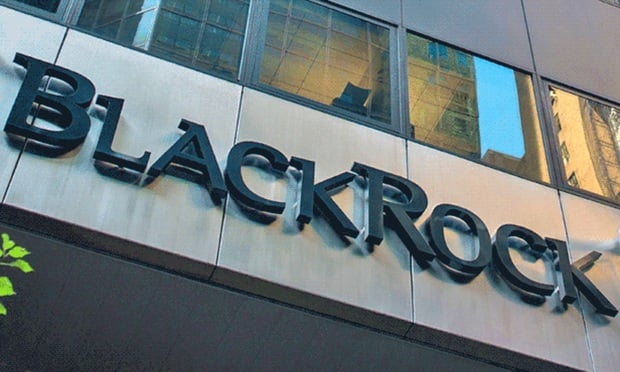Although most employers participating in mergers and acquisitions practice e retention agreements, those that are most successful start the process early and do not only focus on monetary benefits, according to a new survey by Towers Watson, a global professional services company.
"With successful deal implementation a core priority for many companies, the focus on retention has intensified," says Mary Cianni, global leader of M&A services at Towers Watson. "In today's climate, when companies are often buying skills or relying on an acquisition's staff to meet critical sales or market share goals, the ability to retain the right people can be a make-or-break element in the deal. Companies and shareholders increasingly recognize that achieving a deal's strategic goals depends on having the right people with the right skills in the right roles.
"Clearly, there is a lot at stake. And despite widespread agreement on the importance of identifying and retaining talent, the complex nature of transactions makes the process that much more challenging for organizations — even for those companies with significant M&A experience."
Recommended For You
Among the respondents with successful retention strategies, 72 percent specify the employees signing retention agreements during the due diligence stage or during the transaction negotiations. That 72 percent represents twice the amount of less successful respondents that ask employees to agree during one of these times. Furthermore, 58 percent of less successful respondents fail to ask employees to sign agreements until after the transaction closes.
"Deal makers that are successful at retaining top talent beyond the transaction tend to ink retention agreements early in the cycle, often as early as when a deal gets under way," says Steve Allan, EMEA leader of M&A services at Towers Watson. "Some companies also start determining which employees will help the organization move ahead with the deal as soon as the due diligence process begins. The bottom line is that the sooner companies are able to pinpoint retention targets, the more thorough they can be in designing an effective retention program."
Respondents using successful retention strategies reply on similar retention tactics of the less successful respondents, but they also place greater focus on specific ones. For example, 92 percent of successful respondents offer retention bonuses as opposed to 53 percent of less successful respondents. Another 74 percent of successful respondents have managers and leaders personally communicate with these employees while only 24 percent of less successful respondents do so.
"While money is a large part of the retention game, it isn't everything," Allan says. "In fact, the most effective retention agreements include not just monetary incentives but also a mix of varied retention tactics with particular emphasis on personal outreach by managers."
The survey also finds that retention agreements with a focus on bonuses are used by 84 percent of acquirers and 70 percent of sellers, and retention bonuses are much more common in North America at 83 percent than Asia at 40 percent or Europe at 56 percent.
Still, these efforts can only be so effective as respondents say among those employees leaving regardless of having retention agreements in place, six out of 10 report that the deal is one of the top reasons for leaving.
"The success of any transaction depends as much on effectively managing people and the organizational environment as it does on managing the timing and financials," Ciannia says. "Organizations that keep their overall retention and engagement programs strong will be much better positioned to succeed years beyond the closing of the deal. Through being prepared and proactive, HR, in partnership with their business leaders, has a tremendous opportunity to step up and influence the ultimate success of a transaction."
© Touchpoint Markets, All Rights Reserved. Request academic re-use from www.copyright.com. All other uses, submit a request to [email protected]. For more inforrmation visit Asset & Logo Licensing.






